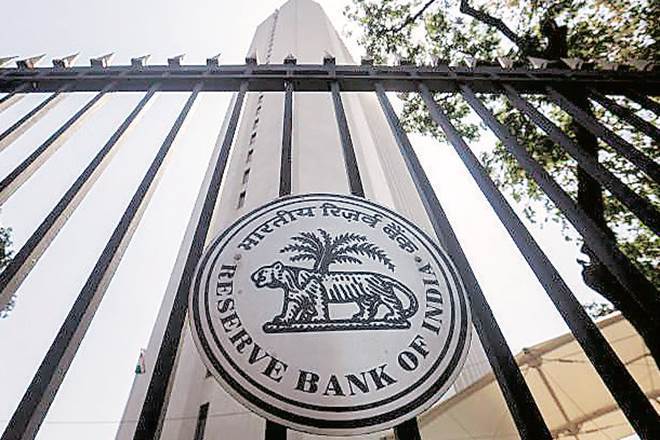By Ankur Mishra
Nudging banks to lend more, the Reserve Bank of India (RBI) on Friday announced a 25 basis points (bps) cut in the reverse repo rate to 3.75%. Reverse repo rate is the interest rate at which the RBI borrows funds from banks. RBI governor Shaktikanta Das said the move was to encourage banks to deploy surplus funds. Das also announced that the liquidity coverage ratio (LCR) of scheduled commercial banks will be brought down to 80% from the existing 100% with immediate effect.
Banks have been facing difficulty due to the shutdown following Covid-19 pandemic and a cut in LCR requirement is likely to manage their liquidity effectively. The LCR provides short-term resilience of banks to potential liquidity disruptions by ensuring that they have sufficient high-quality liquid assets (HQLAs) to survive an acute stress scenario lasting for 30 days. Das said that the LCR requirement will be gradually restored back in two phases. “LCR will be brought to 90% by October 1, 2020, and 100% by April 1, 2021,” Das said.
According to Krishnan Sitaraman, senior director, Crisil Ratings, LCR reduction will help lenders in a situation when there will be reduction in collection due to moratorium. “Measures like reverse repo reduction will be incentivising banks to lend more,” he further said. According to Joseph Thomas, head of research, Emkay Wealth Management, banks are parking with RBI on a daily basis an amount close to Rs 6 lakh crore. “So, whatever money they have with them and whatever they are getting from RBI, the banks are giving back to RBI instead of investing it or lending it,” Thomas said. The reverse repo rate cut is to discourage reverse flow to RBI, but is doubtful whether this can be stemmed easily, he added.
Credit growth has been falling in last few months, despite a slew of measures by the RBI. The non-food credit growth in the banking system for the fortnight ended March 13 stood at 6.07 % year-on-year (y-o-y), the lowest since May 2017. The year-to-date (YTD) credit growth between March 31, 2019, to March 13, 2020, stood at 3.64 %, against 10.72% a year ago.

